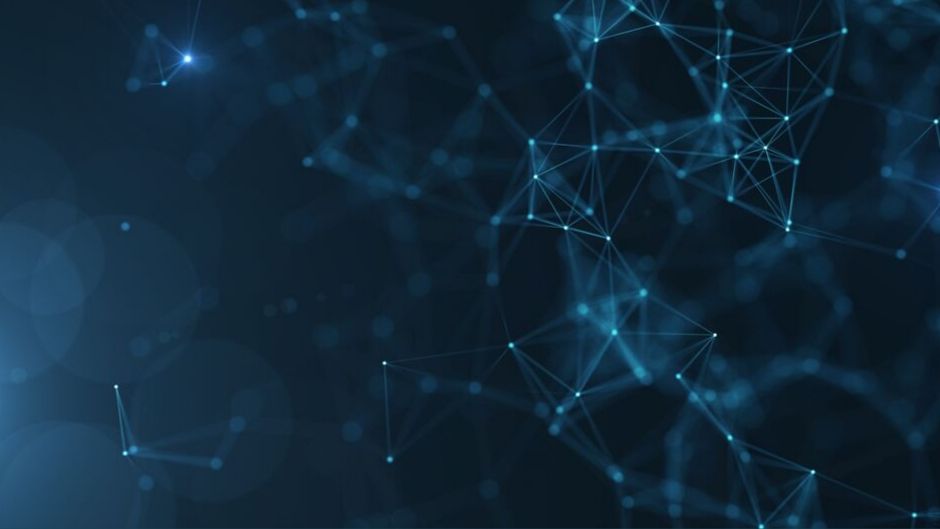The mobile phone revolution was ignited by Apple, but democratized by Google and enabled by an implementation of an open-source operating system, now called Android. Today, the large majority of the world’s phones run on open software. Millions of more people watch cat videos, shop for diapers, and engage in banking and investing on their phones because there was an open-source software infrastructure for their mobile hardware. While negative stories of tech companies dominate the headlines, examples like this highlight the power and reach of human collaboration. The best technology ends up being the one available to all.
TFG’s Nikhil Patel spoke to Lex Sokolin, Global Fintech Co-head at ConsenSys to find out more.
Imagine that the most important part of your business, whether that is financial market infrastructure, digital identity, smart payment processing, or value exchange was built for free by thousands of the world’s smartest developers. Or, that large companies were spending billions of dollars on cybersecurity costs, from which you would fully benefit without paying a dime. Or, that consortia of banks, insurers, and governments were designing standards and protocols to power global trade and finance securely and at scale. This exercise does need not take much imagination, because it is happening today on public and private blockchains like Ethereum.

At ConsenSys, we work with the world’s governments and its largest organizations, as well as the young entrepreneurs leading risky, pioneering start-ups. From this, we have learned a profound lesson about deploying and enabling blockchain technology. There is a distributed ledger maturity curve that everyone across the industry should understand. At the very beginning, the starting point is for companies and operators to agree on shared data standards. For organizations that have spent centuries thinking about how to compete against each other, letting go of even back-office costs is difficult. Yet there is no competitive advantage in making industries less efficient by creating information friction – something that has become absurd in the land of data science and emerging artificial intelligence.
Once industries, whether in supply chain finance, banking and payments, or capital markets, agree on shared data standards, the next step is to mutualize certain workflows that derive from the data itself. Examples include standard software procedures for negotiating legal documents and the terms of financial instruments, or reconciliation and settlement of securities trading. We have seen meaningful digital transformation benefits from these efforts, lowering operating costs, speeding up arcane human processes, and generally improving the customer experience. For this digitization, look to enterprise blockchains, like private deployments of Ethereum with built-in privacy, permissioning, and scalability.
And yet, embedded industry rule-sets and shared software functions are still at the early stages of what this technology can accomplish. Once companies are sharing data and performing common workflows, there needs to be a substantive object to which the software applies. Tokenization is the next step in the DLT maturity curve. We can turn any piece of captured data into a token, secured by world-class cryptography and thereby creating a digital asset. Such digital assets can represent any number of real world financial and commercial instruments, from currencies, to securities, bonds, commodities, real estate, or physical goods. They can also be extended to more speculative units of value, like human attention, medical data, or corporate identity. In the beginning, these tokens capture a very small percentage of information about the outside world, like a hyperlink that points you to a PDF of a printed book.
Over time, we see deeper functionality being embedded into these digital assets, and into the networks on which they travel. When looking at financial services, for example, smart programmable financial instruments begin to emerge. Bonds will have software covenants that are triggered automatically by data events. Equities will issue their own dividends and split automatically into investment accounts. Commodities will have digital twins and equilibrate in price. Increasingly, the software that used to effect real-world assets will begin to have a digital analog and be part of the digital assets themselves.
One day, all such software may live in distributed networks, hosted and powered by the companies within particular sectors and industries. Their products will be rigorously permissioned and tracked, flowing through digital versions of today’s value chains. New types of markets and networks will emerge to enable this interconnected, global commercial web. The same underlying software rails could be used across commerce, payments, banking, lending, and insurance. Just like we use the Internet today to see our bank account web apps, trade stocks, or e-sign legal agreements, we will use blockchain-based Web 3.0 to transact, maintain, and engage with digital commerce and finance. The best technology ends up being the one available to all.
 Australia
Australia Hong Kong
Hong Kong Japan
Japan Singapore
Singapore United Arab Emirates
United Arab Emirates United States
United States France
France Germany
Germany Ireland
Ireland Netherlands
Netherlands United Kingdom
United Kingdom










Comments are closed.